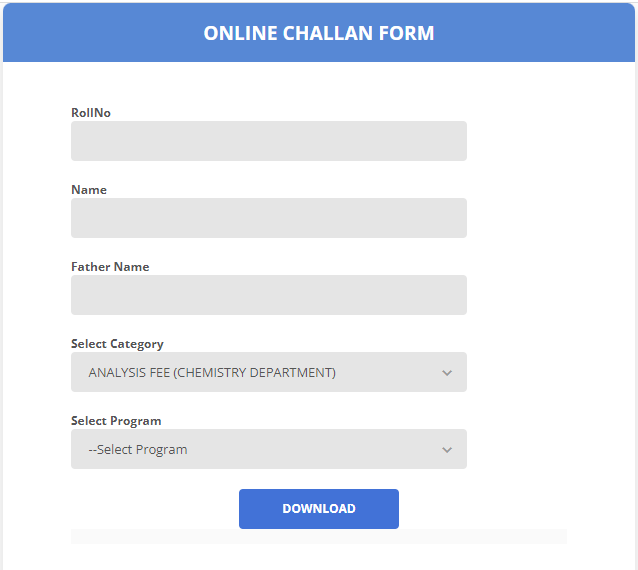
Table of Contents
Workflow Automation: The Ultimate Guide to Boosting Productivity
In today’s fast-paced digital world, workflow automation is no longer a luxury it’s a necessity. Whether you’re running a small business or managing enterprise-level operations, automating repetitive tasks can free up time, reduce errors, and increase overall efficiency. You are also refer to The Underrated Power of Attention to Detail to get more details in your Automation.
According to the Wiki
Workflow is a generic term for orchestrated and repeatable patterns of activity, enabled by the systematic organization of resources into processes that transform materials, provide services, or process information.[1] It can be depicted as a sequence of operations, the work of a person or group,[2] the work of an organization of staff, or one or more simple or complex mechanisms.
What is Workflow Automation?
Workflow automation is the process of using technology to automate a series of tasks, processes, or operations without human intervention. This includes sending emails, routing documents for approval, onboarding new employees, and managing customer service requests.
Why is Workflow Automation Important?
Imagine doing the same task every day manually sending welcome emails, updating spreadsheets, or generating invoices. These repetitive tasks are not only time-consuming but also prone to errors. Workflow automation reduces human error, saves time, and ensures consistent output across operations.
Benefits of Workflow Automation
1. Improved Efficiency
Automated workflows eliminate delays. Tasks are completed faster, notifications are sent instantly, and there’s no waiting around for approvals.
2. Cost Savings
With automation, businesses can reduce the need for manual labor. Fewer human hours translate to lower operational costs.
3. Better Accuracy
No more forgotten steps or human error. Automated systems follow predefined rules, ensuring consistent and error-free execution.
4. Enhanced Accountability
Workflow automation tools track every action. You can see who did what and when, providing transparency and accountability.
5. Scalability
As your business grows, so do your processes. Automation scales with you, handling increasing workloads effortlessly.
Common Use Cases for Workflow Automation
1. HR Workflow Automation
From recruitment to onboarding and employee data management, HR departments benefit immensely from automation. For instance, an automated onboarding workflow ensures every new hire receives documents, welcome emails, and system access without delay.
2. Marketing Workflow Automation
Automated marketing campaigns send targeted emails based on user behavior. Social media posts can be scheduled in advance, and leads are automatically assigned to sales reps.
3. Sales Workflow Automation
Sales teams use automation for lead scoring, follow-up reminders, and sending proposals. Tools like CRMs integrate workflows that help nurture leads and close deals faster.
4. IT Workflow Automation
IT teams automate ticketing systems, password resets, and software updates, reducing response time and minimizing human intervention.
5. Finance Workflow Automation
Invoices, expense approvals, and payroll can be streamlined using workflow automation, reducing manual data entry and ensuring compliance.
Top Workflow Automation Tools
- Zapier – Connects over 5,000 apps to automate tasks.
- Make (formerly Integromat) – Advanced automation with visual scenarios.
- Microsoft Power Automate – Ideal for Microsoft users; integrates deeply with Office 365.
- Nintex – Enterprise-grade automation for complex workflows.
- Trello Automation (Butler) – Automates task management within Trello boards.
Steps to Implement Workflow Automation
1. Identify Repetitive Tasks
Start by listing out the tasks that are done frequently and follow a specific pattern.
2. Map Out Your Workflow
Visualize the current process. Who does what? Where are the delays?
3. Choose the Right Tool
Pick a workflow automation tool that fits your needs, budget, and integrations.
4. Build and Test the Workflow
Set up the automation. Test it thoroughly before full deployment to catch any issues.
5. Monitor and Optimize
Track the performance of your workflow. Make adjustments to improve efficiency and fix bottlenecks.
Best Practices for Workflow Automation
- Start small – Automate one process at a time.
- Involve stakeholders – Get input from everyone who is part of the process.
- Keep it simple – Avoid overcomplicating the automation.
- Train your team – Make sure everyone knows how to use the tools.
- Review regularly – Business needs change, and so should your workflows.
Workflow Automation in Small Businesses
Small businesses can benefit immensely by automating tasks like appointment scheduling, invoicing, social media posting, and email marketing. Many free or low-cost tools are available, making it easy to get started even on a tight budget.
Enterprise Workflow Automation
Large enterprises require more robust automation solutions, often with multi-level approval systems, integration with ERP and CRM software, and compliance tracking. Tools like Salesforce, Oracle, and ServiceNow offer advanced workflow capabilities tailored to complex environments.
The Future of Workflow Automation
As AI continues to evolve, workflow automation is becoming smarter. Predictive automation will soon be able to make decisions based on past behaviors, further reducing the need for human input.
Challenges in Workflow Automation
While the benefits are vast, there are some hurdles:
- Initial setup time
- Tool integration issues
- Resistance from team members
- Maintenance and updates
But with the right strategy, these can be easily overcome.
Final Thoughts
Workflow automation is not just a tech trend it’s a powerful business strategy. By automating repetitive tasks, you save time, reduce costs, and allow your team to focus on what really matters growth, creativity, and innovation.
Automated email responses, invoice generation, onboarding checklists, and lead distribution in sales are common examples.
Identify your needs, check for app integrations, consider ease of use, and read user reviews before choosing a tool.
Absolutely! Tools like Zapier and Trello offer free plans perfect for small businesses.
Most modern tools are no-code or low-code, meaning anyone can create workflows without programming knowledge.
Healthcare, finance, education, e-commerce, marketing, and IT are just a few industries where automation is transforming operations.


